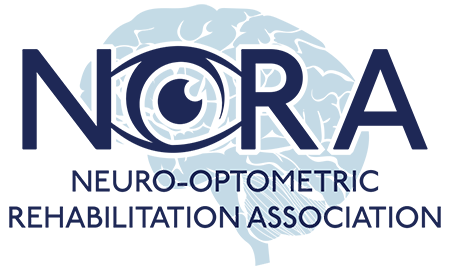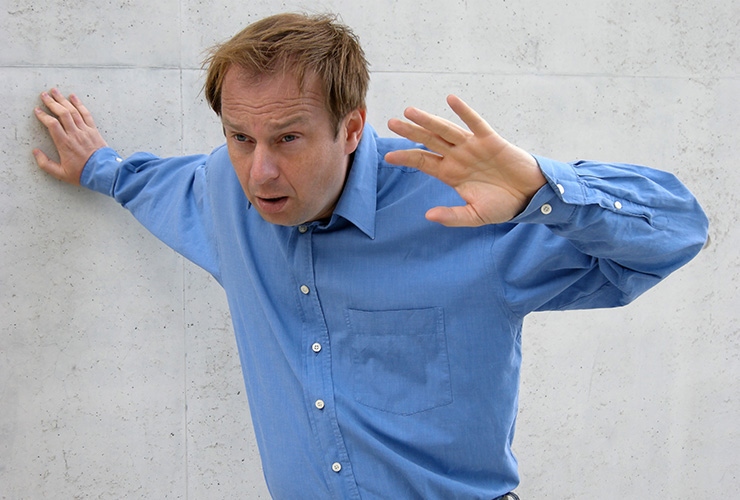Brain injury can affect a person in many ways extending from physical limitations to changes in perception and cognition. Acquired Brain Injury (ABI) is an all-encompassing term for damage to the brain and it is common for an injury to have profound affect in neurological processing. This can adversely affect the way a person functions in their activities of daily living. Examples are speech issues and physical changes such as impaired motor function. The visual system is often involved, as well.
An ABI can also be a Traumatic Brain Injury (TBI) caused by external force to the head. Examples are a motor vehicle accident, a fall, or contact sports. It can be the result of a medical condition such as stroke, tumor, aneurism, meningitis and cerebral palsy, or other neurological insults.
It is estimated that over 10 million TBIs occur annually across the globe and that over 57 million people have been hospitalized with a TBI during their lifetime.1 In the United States, an estimated 1.7 million people sustain a TBI each year2, with about 75 percent of them a result of concussions or other forms of mild traumatic brain injury (MTBI)3. An MTBI is defined as the result of the forceful motion of the head or impact causing a brief change in mental status (confusion, disorientation or loss of memory) or loss of consciousness for less than 30 minutes. The consequences of an MTBI may include cognitive problems such as headache, difficulty thinking, memory problems, attention deficits, mood swings and frustration, along with motor and sensory issues.
According to the U.S. Centers for Disease Control and Prevention, falls are the leading causes of TBIs in the United States, followed by being struck by an object and motor vehicle accidents.4 Sports and recreational activities contribute to about 21 percent of all traumatic brain injuries among American children and adolescents.5
Visual Link to the Brain
Following a TBI, there is often an interruption in communication between the eyes and the brain.

Following a TBI, there is often an interruption in communication between the eyes and the brain. Studies show that 90 percent of TBI patients suffer from visual dysfunctions6 such as, but not limited to, blurred vision, sensitivity to light, reading difficulty, headaches with visual tasks, reduction or loss of visual field, and difficulties with eye movements. Visual function is often overlooked in diagnosing brain injury symptoms, particularly during initial treatment of the injury. Vision problems that are left untreated can have serious consequences.
Individuals of all ages who have experienced some sort of neurological insult or injury and who are experiencing visual symptoms can benefit from a vision assessment from a Neuro-Optometric Rehabilitation Optometrist, an eye care professional who specializes in the diagnosis and treatment/rehabilitation of neurological conditions adversely affecting the visual system. Neuro-Optometric Rehabilitation is a process for the rehabilitation of visual, perceptual, and motor disorders. Clinical experience and research studies document the improved performance of patients who have completed a vision rehabilitation program.
When a person has an ABI, often one type of rehabilitation is not enough to address all of his/her needs. An interdisciplinary, integrated team approach can play a vital role in the rehabilitation of patients with concussions, stroke or other neurological deficits. In addition to optometrists, rehabilitation team members may include nurses, physical and occupational therapists, speech-language pathologists, physical medicine and rehab physicians, neurologists, neuropsychologists, audiologists, ophthalmologists, and others.


